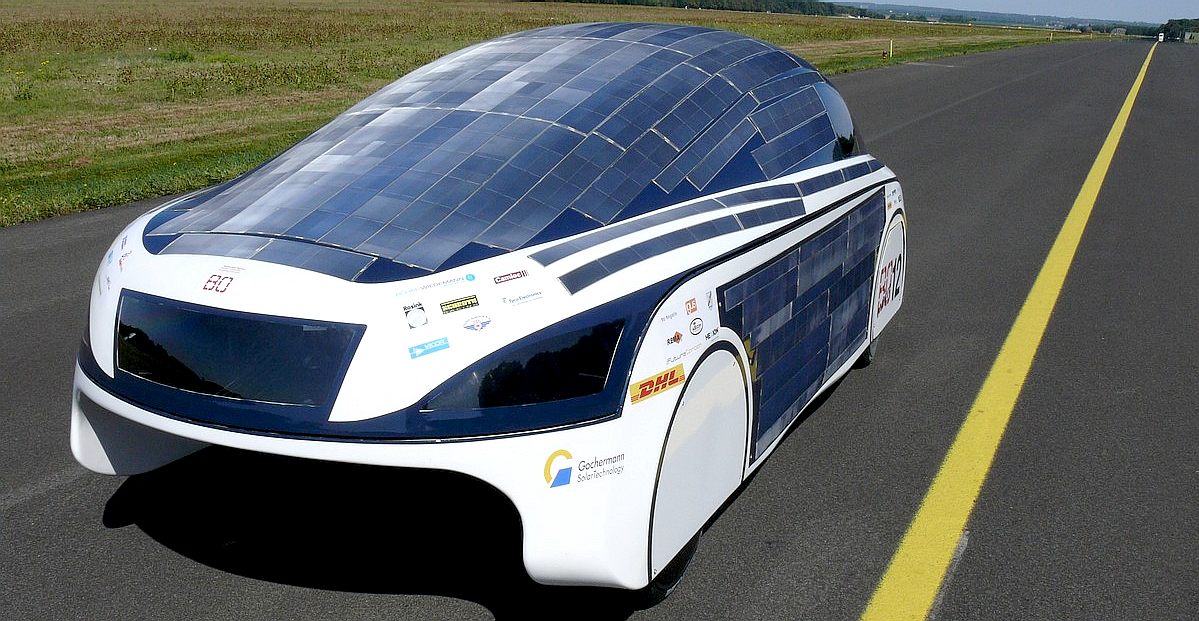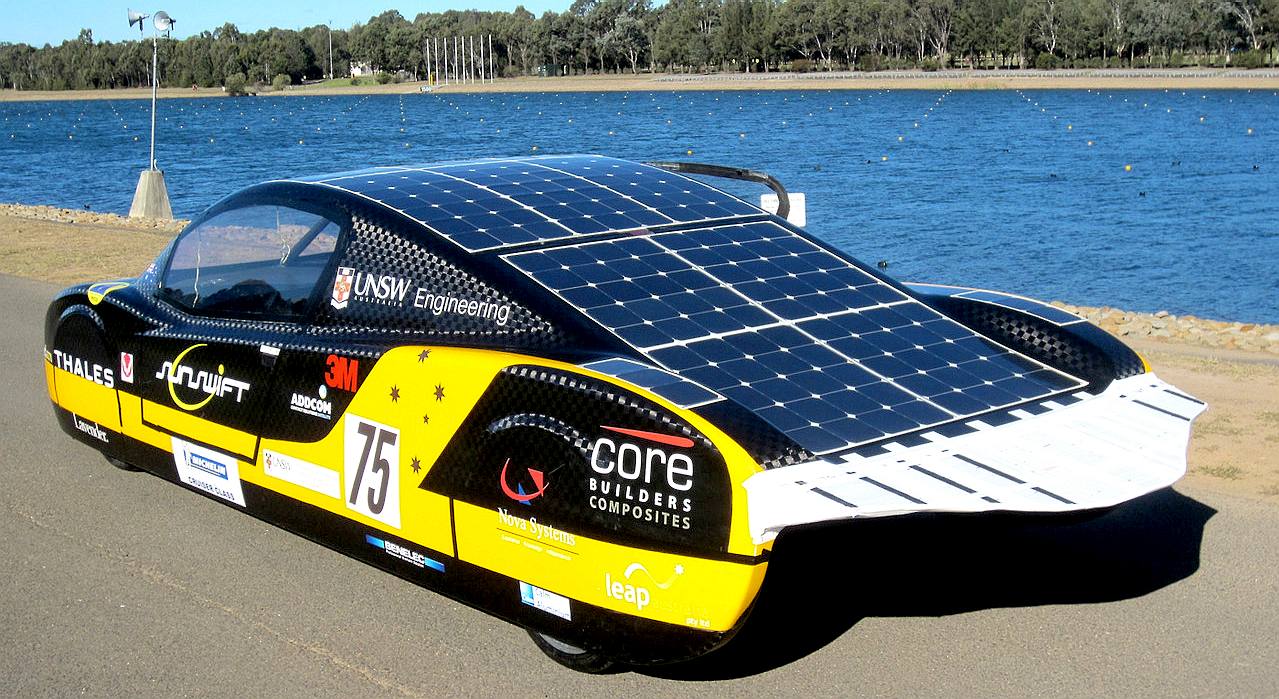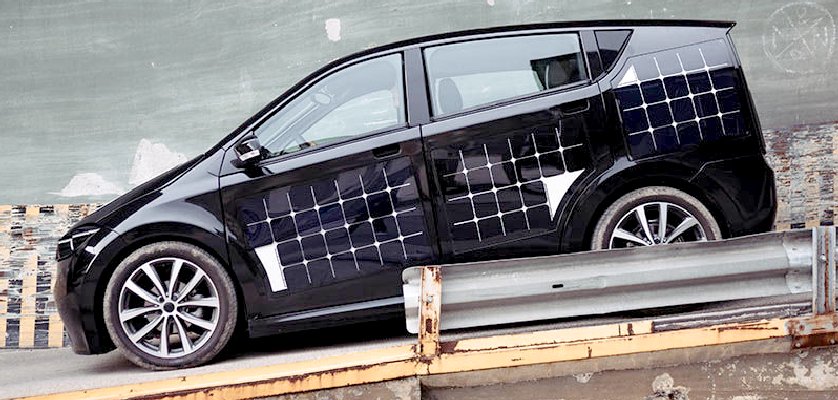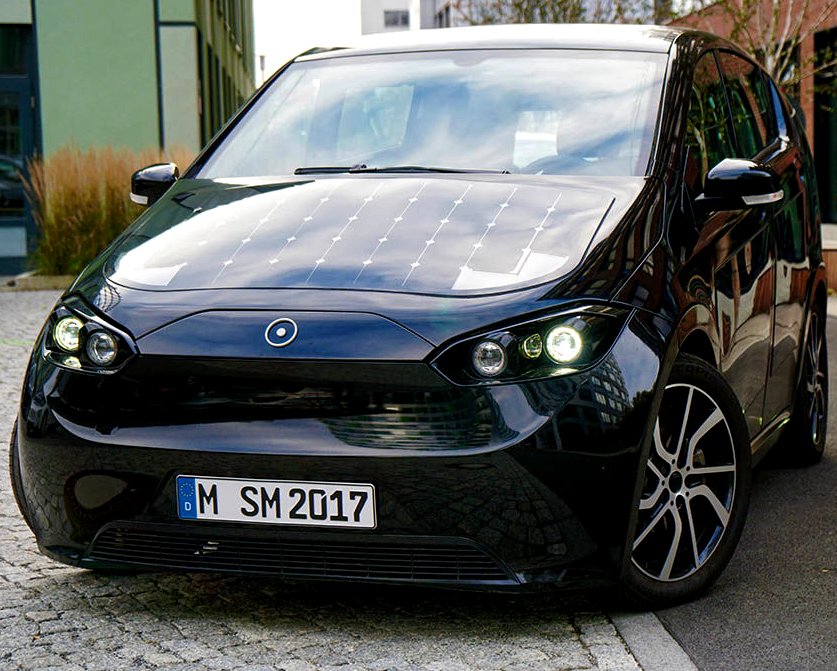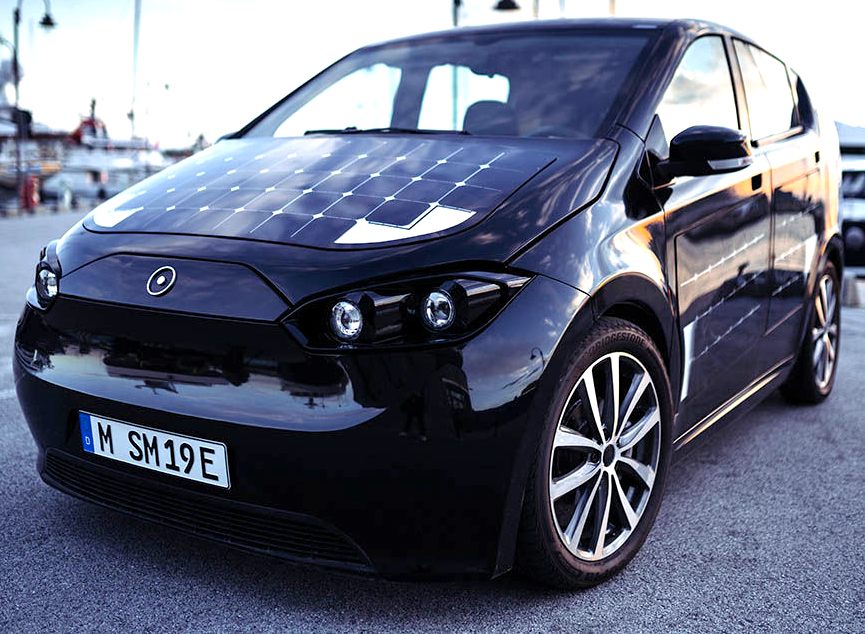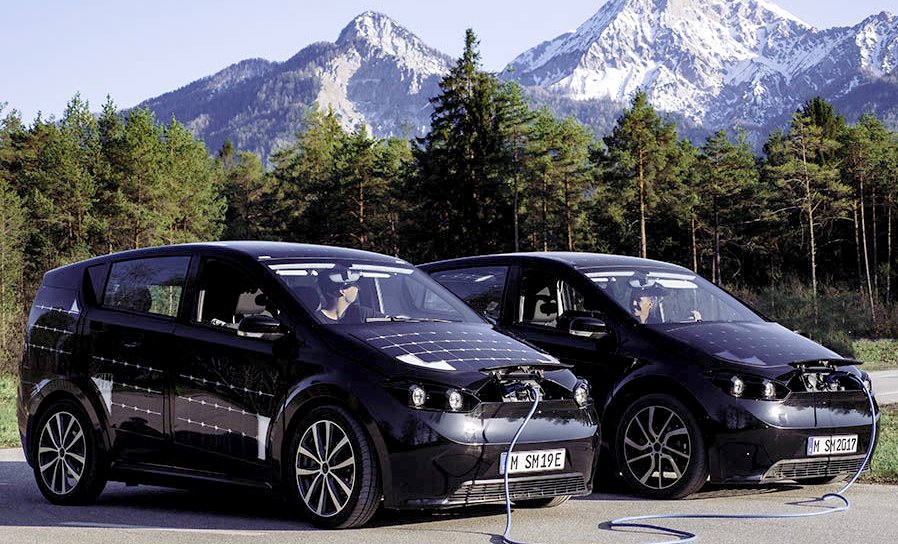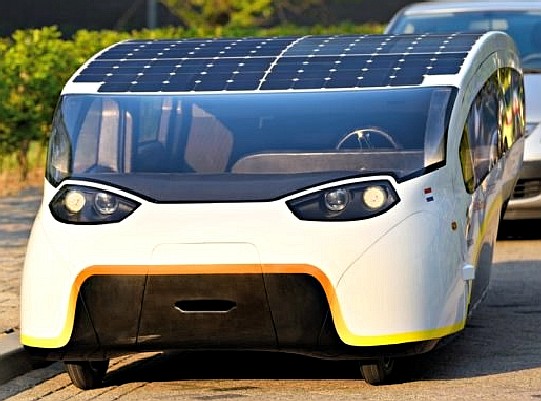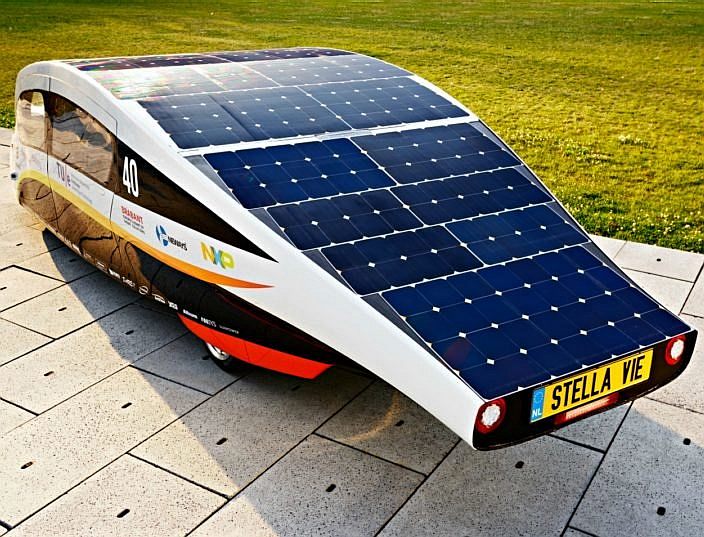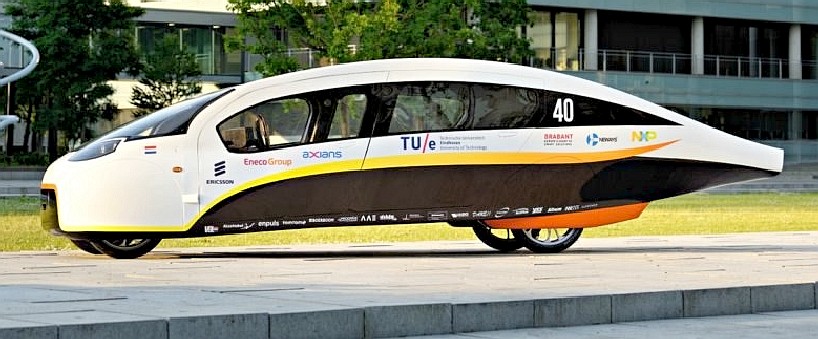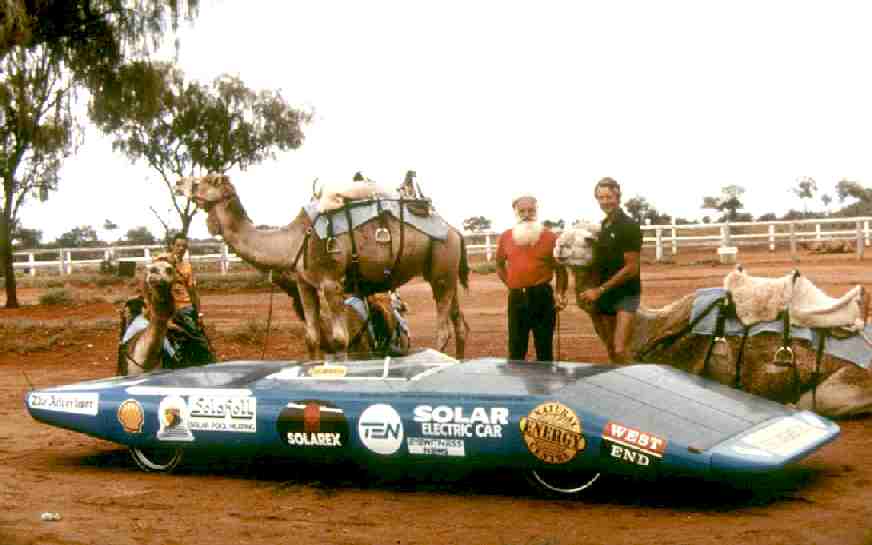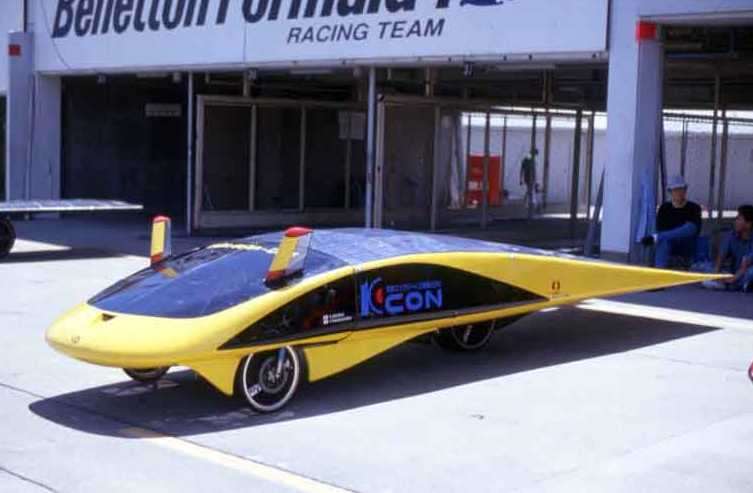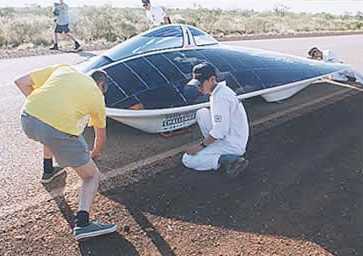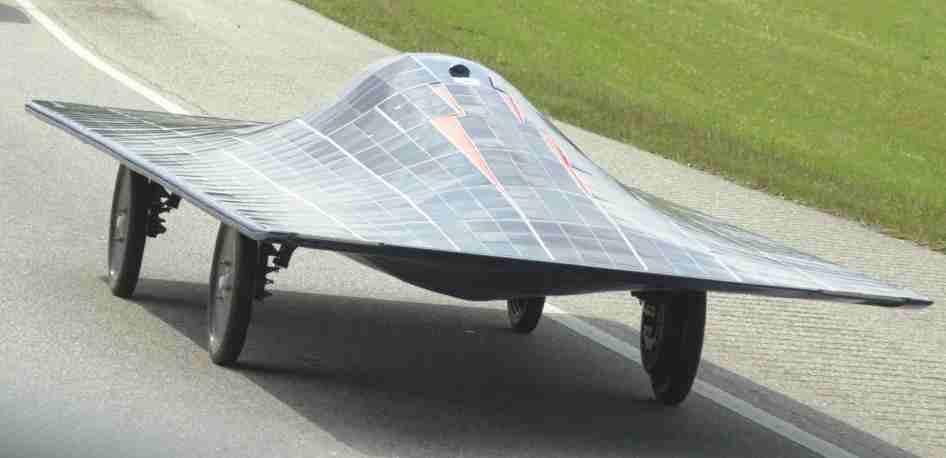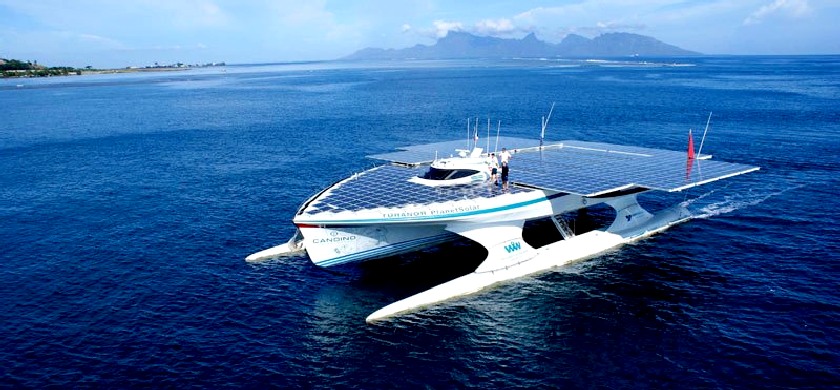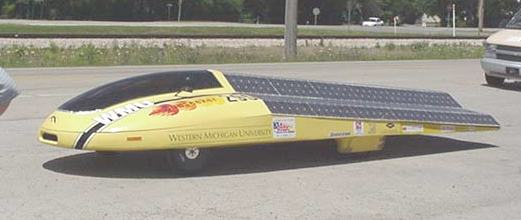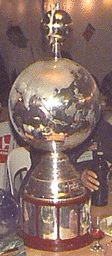|
SOLAR POWERED RACING CARS & TEAMS
|
|||||||||||||||||||||||||||||||||||||||||||||||||||||||||||||||||||||||||||||||||||||||||||||||||||||||||||||||||||||||||||||||||||||||||||||||||||||||||||||||||||||||||||||||||||||||||||||||||||||||||||||||||||||||||||||||||||||||||||||||||||||||||||||||||||||||||||||||||||||||||||||||||||||||||||||||||||||||||||||||||||||||||||||||||||||||||||||||||||||||||||||||||||||||||||||||||||||||||||||||||||||||||||||||||||||||||||||||||
|
Solar powered car racing events continue to gain in popularity the world over as a means to draw attention to global warming and climate change as awareness events.
Electric cars hold the potential to reduce emissions of carbon dioxide and other greenhouse gases and stop the extraction and burning fossil fuels for ordinary transport purposes. We need to get ourselves on track to a sustainable future where a truly circular economy is in place.
For this we need a global transport system that can sustain itself on what we can harvest from the sun or sea, or grow on the land, without harming our environment in the process. That our needs are directly proportional to our population also needs careful consideration where humans are not subject to the normal laws of nature, where no food = famine and so a natural population cull, but where we supply areas that are unable to grow crops to support life, with aid relief.
AUSTRALIAN SOLAR QUOTES
- A solar car designed to overcome “range anxiety” has set a land speed record in Australia. The Sunswift eVe, designed and built by University of New South Wales students, has beaten the previous world record for the fastest long-range electric vehicle.
We also build cities in deserts, where there is no water and no food, creating artificial strains on our eco system, contrary to the United Nations sustainability goals. It is utter madness. Such developers are climate criminals, even if they are empire building out of ignorance. Such development threaten human survival and raise the issue of food security. Climate change is reducing further the land that is available for agriculture, also creating the acid oceans that are causing havoc to marine life. For all these reasons we need solar and electric cars.
They say racing improves the breed and this is no exception. What is clear from the make up of the teams below, is that most of the development of solar racers is undertaken by university teams. This is a young engineers sport and these are the cars of the future, for the most part being developed without any major assistance from the big car makers, but with sponsorship from educational institutions and business. Big thanks to them!
SOLAR CAR TEAMS
About solar powered cars
Solar cars are like electric cars with electric motors and battery packs powered entirely or in large part by solar energy – in most cases, photovoltaic (PV) cells, found in solar panels, convert the energy provided from the sun into usable electric energy. Solar cells will typically convert a good percentage of the sunlight hitting them into electricity to power your vehicle. If your vehicle is running while this is taking place, the electricity channeled through your electric motor will instantly power your vehicle. If your vehicle is powered off, the electricity is used to charge your battery pack for later use.
DAILY EXPRESS
AUGUST 2018 - A NEW solar-powered electric car is slated to launch in 2019 and could be a decent vehicle to avoid range anxiety and save money on refuelling.
INHABIT JUNE 27 2017
- A team of students at Eindhoven University of Technology (TU/e) just unveiled an electric car that seats five and is completely powered by the sun. Called Stella Vie, the vehicle stands apart because it’s more efficient than all solar cars before it. Even with fewer solar panels on its roof, the car is capable of a range of about 1,000 kilometers (621 miles) on a warm summer day.
What are the benefits? First and foremost, zero emissions. Solar vehicles are powered with electric motors, meaning they do not burn any fuel. You’ll also be conserving resources with a solar vehicle. Because solar vehicles do not use fuel or require regular oil changes, they are not dependent upon petroleum products. Solar vehicles don’t require gas or diesel so you will not have to worry to the rising prices of these fuels. Lastly, and probably the most important, is preserving the planet healthy and clean for the future generations.
CNN
DECEMBER 17 2018 - Greta
Thunberg, a 15-year-old Swedish environmental activist, all but
shamed the 190 countries represented at the United
Nations COP24 conference in Poland last week.
HISTORY
Solar cars were first built by universities and auto manufacturers. These early constructors soon realised that the sun energy collector areas were too large for consumer cars, however that is slowly changing. Development continues on solar cell design and car power supply requirements such as heaters or air-conditioning fans, which we take for granted on conventional IC cars.
One way of offsetting the limited space on a conventional car, is to incorporate solar panels at your homes, in car parks at work and on the roofs of factories and schools.
FIRST SOLAR CAR RACES
Hans Tholstrup and Larry Perkins were the first solar car racers who completed a Solar Trek from Perth to Sydney, Australia in 1983.
Next in 1986, Denis Bartel drove the first solar powered vehicle named 'The Spirit of Adelaide", to cross Australia from North to South (Darwin to Adelaide).
Denis Bartel and 'The Spirit of Adelaide' - Alice Springs 1986
In part, this was a tribute to a famous explorer; John McDouall Stuart, who on horseback opened up the centre of Australia in 1861, to the 100th anniversary of the motor car, and to celebrate South Australia’s 150th Jubilee Year
Then in the 1987 race, the GM Sunraycer completed the same North-South 3010 km trip with an average speed of 67 kmh, setting the scene for an extensive research and development program among the teams.
Sunlight is an excellent energy source, providing 1,000 watts per square meter on bright days. Hence, the future of using solar power is very exciting, except that to date conversion efficiencies are around the 18% mark for commercially priced cells. Solar-powered cars all get their fuel from the same place - the Sun. The cars use hundreds of photovoltaic cells to convert sunlight into electricity. Each cell produces about half a volt of electricity.
When the Solar Race teams design their electrical systems they have to allow for variations in sunlight. The Sun's energy powers the car's motor and charges a battery for use when the Sun is hidden by a cloud. If a car is designed to put all of its energy toward driving and keeps nothing in reserve, it will come to a halt in cloudy weather. If too much energy is diverted to the battery, the engine runs too slowly to keep up in the race. The ratio of energy stored and energy used directly, is therefore quite an important compromise.
While engineers and still have many problems to tackle before solar power becomes an efficient and economical way to fuel vehicles, it is hoped that the constant development from racing events, will hasten a solution. The best bit about using solar power for transportation is that it's pollution free and inexhaustible.
WHAT IS A SOLAR CAR
A solar car is an electric vehicle powered by solar energy obtained from solar panels on the car. Solar cars are not currently a practical form of transportation as they can only operate during the day and can only carry one or two passengers. However, they are raced in competitions such as the World Solar Challenge and the American Solar Challenge. These events are often sponsored by Government agencies such as the United States Department of Energy keen to promote the development of alternative energy technology such as solar cells. Such challenges are often entered by universities to develop their students engineering and technological skills as well as motor vehicle manufacturers such as GM and Honda.
Driver's cockpit
Driver's cockpits are normally single-seat with a few cars containing room for a second passenger. They are hot from the solar panel and very cramped with few of the comforts of a normal automobile. They contain some of the features available to drivers of traditional vehicles such as brakes, accelerator, signals, rear view mirrors, ventilation and often cruise control. They also have a two way radio for communication with their support crews.
Solar cars are fitted with gauges seen in conventional motor cars and the driver's main priority is to keep an eye on these gauges to spot possible problems. Drivers also have a safety harness and optionally a helmet similar to racing car drivers.
Electrical system
The electrical system is the most important part of the car's systems as it controls all of the power that comes into and leaves the system. The battery pack plays the same role in a solar car that a petrol tank plays in a normal car in storing power for future use. Solar cars use a range of batteries including lead-acid batteries, nickel-metal hydride batteries (NiMH), Nickel-Cadmium batteries (NiCd), Lithium ion batteries and Lithium polymer batteries. Lead-acid batteries are less expensive and easier to work with but have less power to weight ratio. Typically, solar cars use voltages between 84 and 170 volts.
Power electronics monitor and regulate the car's electricity. Components of the power electronics include the peak power trackers, the motor controller and the data acquisition system.
The peak power trackers manage the power coming from the solar array to maximize the power and either deliver it to be stored in the battery or used in the motor. They also protect the batteries from overcharging. The motor controller manages the electricity flowing to the motor according to signals flowing from the accelerator.
Many solar cars have complex data acquisition systems that monitor the whole electrical system while even the most basic cars have systems that provide information on battery voltage and current to the driver. One such system utilizes Controller Area Network (CAN).
Drive train
The setup of the motor and transmission is unique in solar cars. The electric motor normally drives only one wheel at the back of the car due to the low amount of power it generates. Solar car motors are normally rated at between 2 and 5 hp (1 and 3 kW) and the most common type of motor is a dual-winding DC brushless. The dual-winding motor is sometimes also used as a transmission because multi-geared transmissions are rarely used.
There are three basic types of transmissions used in solar cars:
There are several varieties of each type. The most common is the direct drive transmission.
Mechanical systems
The mechanical systems are designed to keep friction and weight to a minimum while maintaining strength. Designers normally use titanium and composites to ensure a good strength-to-weight ratio.
Solar cars usually have three wheels, but some have four. Three wheelers usually have two front wheels and one rear wheel: the front wheels steer and the rear wheel follows. Four wheel vehicles are set up like normal cars or similarly to three wheeled vehicles with the two rear wheels close together.
Solar cars have a wide range of suspensions because of varying bodies and chassis. The most common front suspension is the double-A-arm suspension found in traditional cars. The rear suspension is often a trailer-arm suspension found in motor cycles.
Solar cars are required to meet rigorous standards for brakes. Disc brakes are the most commonly used due to their good braking ability and ability to adjust. Mechanical and hydraulic brakes are both widely used with the brakes designed to move freely by minimise brake drag.
Steering systems for solar cars also vary. The major design factors for steering systems are efficiency, reliability and precision alignment to minimise tire wear and power loss. The popularity of solar car racing has led to some tire manufacturers designing tires for solar vehicles. This has increased overall safety and performance.
First manned electrically powered flight "The world is our oyster"
SOLAR ARRAY
The solar array consists of hundreds of photovoltaic solar cells converting sunlight into electricity. Cars can use a variety of solar cell technologies; most often polycrystalline silicon, monocrystalline silicon, or gallium arsenide. The cells are wired together into strings while strings are often wired together to form a panel. Panels normally have voltages close to the nominal battery voltage. The main aim is to get as many cells in as small a space as possible. Designers encapsulate the cells to protect them from the weather and breakage.
Designing a solar array isn't as easy as just stringing bunch of cells together. A solar array acts like a lot of very small batteries all hooked together in series. The total voltage produced is the sum of all cell voltages. The problem is that if a single cell is in shadow it acts like a diode, blocking the flow of current for the entire string of cells. To correct against this, array designers use by-pass diodes in parallel with smaller segments of the string of cells, allowing current to flow around the non-functioning cell(s). Another consideration is that the battery itself can force current backwards through the array unless there are blocking diodes put at the end of each panel.
The power produced by the solar array depends on the weather conditions, the position of the sun and the capacity of the array. At noon on a bright day, a good array can produce over 2 kilowatts (2.6 hp). BODIES & SHASSIS
Solar cars have very distinctive shapes as there are no established standards for design. Designers aim to minimise drag, maximise exposure to the sun, minimise weight and make vehicles as safe as possible.
In chassis design the aim is to maximise strength and safety while keeping the weight as low as possible. There are three main types of chassis:
The space frame uses a welded or tubed structure to support the body which is a lightweight composite shell attached to the body separately and the loads. The semi-monocoque chassis uses composite beams and bulkheads to support the weight and is integrated into the belly with the top sections often being attached to the body. A monocoque structure uses the body of the car to support the weight.
Composite materials are widely used in solar cars. Carbon fibre, Kevlar and fibreglass are common composite structural materials while foam and honeycomb are commonly used filler materials. Epoxy resins are used to bond these materials together. Carbon fibre and kevlar structures can be as strong as steel but with a much lighter weight.
RACE STRATEGY
Optimizing energy consumption is of prime importance in a solar car race. Therefore it is very important to be able to closely monitor the speed, energy consumption, energy intake from solar panel, among other things in real time. Some teams employ sophisticated telemetry that automatically keeps a follow vehicle continuously up to date on the state of the car.
The strategy employed depends upon the race rules and conditions. Most solar car races have set starting and stopping points where the objective is to reach the final point in the least amount of total time. Since aerodynamic forces rise exponentially with speed, the energy the car consumes also rises exponentially. This simple fact means that the optimum strategy is to travel at a single steady speed during all phases of the race. Given the varied conditions in all races and the limited (and constantly changing) supply of energy, most teams have race speed optimization programs that continuously update the team on how fast the vehicle should be traveling.
SOLAR CAR RACES
The two most notable solar car races are the World Solar Challenge and the North American Solar Challenge. They are contested by a variety of university and corporate teams. Corporate teams contest the race to give its design teams experience in working with both alternative energy sources and advanced materials. GM and Honda are among the companies who have sponsored solar teams. University teams enter the races because it gives their students experience in designing high technology cars and working with environmental and advanced materials technology. These races are often sponsored by agencies such as the US Department of Energy keen to promote renewable energy sources.
The cars require intensive support teams similar in size to professional motor racing teams. This is especially the case with the World Solar Challenge where sections of the race run through very remote country.
There are other races, such as Suzuka and Phaethon. Suzuka is a yearly track race in Japan and Phaethon was part of the Cultural Olympiad in Greece right before the 2004 Olympics.
The 2005 North American Solar Challenge had two classses:
For all the reasons we need solar powered and electric cars, we also need solar powered boats and ships. The fastest solar powered circumnavigation in 2014 was by the Turanor PlanetSolar seen in the picture above. It took this craft a leisurely 584 to tour the world. The table of waypoints is an exercise for a larger boat called the Elizabeth Swan, that is a trimaran, rather than a catamaran configuration.
TRANSIT EXAMPLES - The above table illustrates one of the most likely ocean awareness expedition routes showing the time elapsed in days for 7 knots average cruising speed, including times for 5 and 6 knot averages - allowing for 10% downtime and 36 days in ports. Hence, although the objective is to reduce the current solar circumnavigation record from 584 days, the event in not an outright non-stop yacht competition in the offshore racing sense. It remains to be seen how accurate such a prediction might be.
A solar powered Cycle
SOME USEFUL SITES
http://solarlifestyle.net/solar-car/ https://inhabitat.com/the-worlds-most-efficient-5-seater-car-is-powered-entirely-by-the-sun/ Photovoltaics Special Research Centre International Solar Energy Society Energy Efficiency and Renewable Energy Clean Cars and Sustainable Energy Vehicles Solar Century - Photovoltaic Installations in the UK Phebus - Photovoltaic Installations in France South Bank University Research Centres Don's Autopages http://www.donsautopages.co.nz/ A comprehensive record breaking directory.
SMARTCHARGER - Potentially the world's fastest electric car: 400mph using energy from nature. Featuring built in battery swapping system, charged using renewable solar energy. A project in waiting in PR terms.
SOLAR CAR RACING EVENT A - Z
World Solar Challenge Trophy
|
|||||||||||||||||||||||||||||||||||||||||||||||||||||||||||||||||||||||||||||||||||||||||||||||||||||||||||||||||||||||||||||||||||||||||||||||||||||||||||||||||||||||||||||||||||||||||||||||||||||||||||||||||||||||||||||||||||||||||||||||||||||||||||||||||||||||||||||||||||||||||||||||||||||||||||||||||||||||||||||||||||||||||||||||||||||||||||||||||||||||||||||||||||||||||||||||||||||||||||||||||||||||||||||||||||||||||||||||||
|
The content of this website is copyright © 1991 and 2019 Electrick Publications. All rights reserved. The bird name Blueplanet Ecostar are trademarks. The BE2 and BE3 vehicle shape and configuration are registered designs ®. All other trademarks are hereby acknowledged. Max Energy Limited is an educational charity.
|
